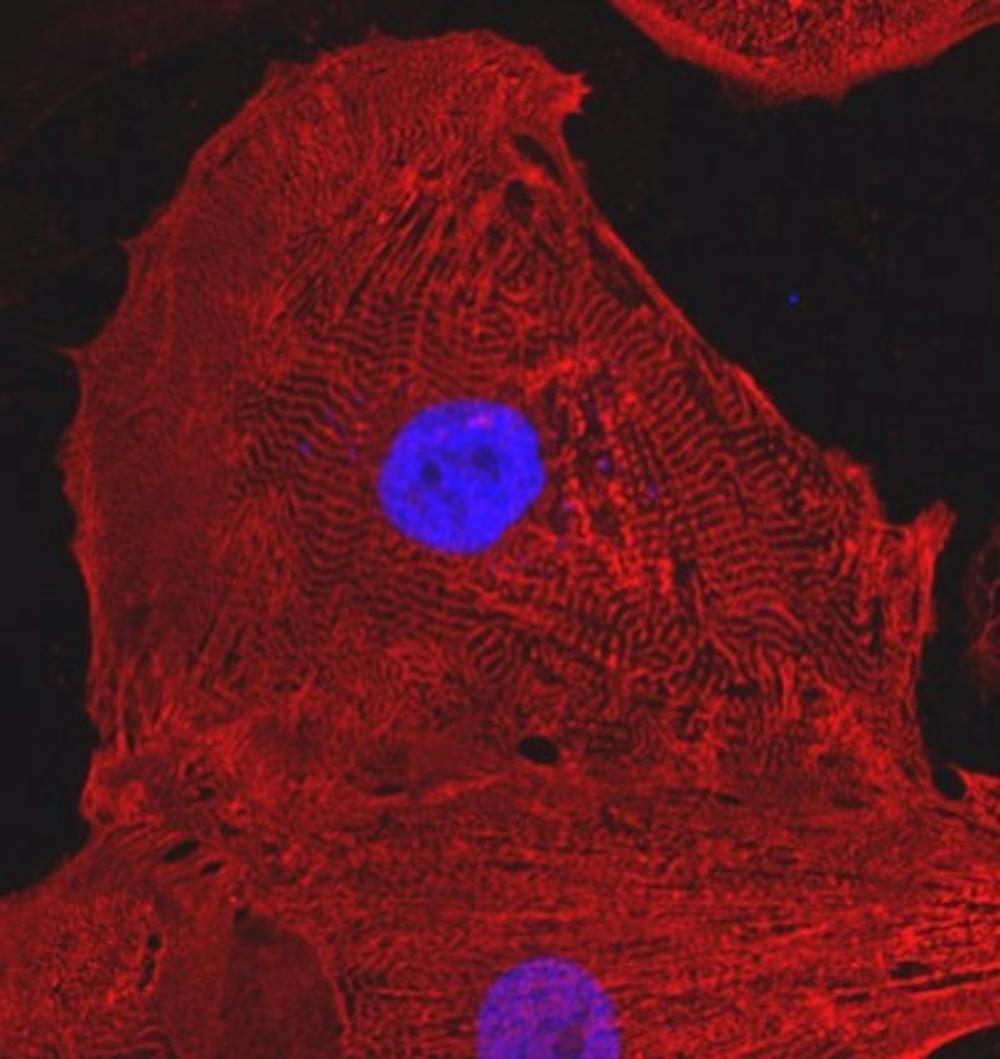Researchers at the Gladstone Institutes in San Francisco, Calif. have discovered a new way to make induced pluripotent stem cells (iPSCs) by manipulating the genome of skin cells using CRISPR techniques.
The possibility of reverting adult skin cells to pluripotent stem cells was first introduced in 2006 by Senior Investigator Shinya Yamanaka, a Nobel-Prize winning stem cell researcher at Gladstone.
By introducing four transcription factors to the skin cells, Yamanaka was able to manipulate the genes so that those associated with stem cells were represented, rather than those associated with skin cells. iPSCs are created more frequently than other stem cells because they can develop into any cell type within the body, making it possible to cultivate cells that may otherwise be impossible to obtain.
According to ScienceDaily, iPSCs have proven to be beneficial in researching incurable diseases and disorders such as heart failure, Parkinson’s disease and blindness.
Sheng Ding, also a senior investigator at Gladstone, expanded upon Yamanaka’s idea by introducing a combination of chemicals, rather than transcription factors, to create iPSCs.
The most recent discovery involved manipulating skin cell genes using CRISPR Cas9 activation technology.
More specifically, two genes essential to pluripotency have been chosen as the focus of this research because they are only expressed in stem cells. These genes, known as Sox2 and Oct4, act like the transcription factors and chemicals in previous stem cell research.
CRISPR (short for “Clustered Regularly Interspaced Short Palindromic Repeats”) Cas9 technology, is a powerful tool used in editing genomes at a Cas9 cleavage site to induce changes in DNA sequences. These DNA sequences can either be deleted or replaced, both of which can lead to changes in gene function.
Geraldine Seydoux, a specialist in genome editing and professor at the Hopkins School of Medicine, believes Gladstone’s research is unique in its own way.
“They use a version of Cas9 that does not cleave DNA but instead binds to DNA and brings transcriptional activator proteins to turn on gene expression,” Seydoux said in an interview with The News-Letter.
According to the researchers at Gladstone, by activating Sox2 or Oct4 with CRISPR, ordinary cells could be reprogrammed to become iPSCs. In fact, Ding and his team discovered that when a specific location of the genome was targeted, a chain reaction was triggered in order to reprogram a cell to an iPSC.
However, CRISPR is not completely fault-free. Although CRISPR provides an insightful peek into the future, it still requires a lot more research.
According to George Church, a professor of genetics at Harvard Medical School, CRISPR not only has ambiguous genome-editing efficiencies but may also introduce off-target effects.
In other words, it may lead to unintended mutations of the genome.
To prevent these edits, scientists recommend using two or more different guides designed to target the same spot, thereby greatly reducing the probability of an “off-target effect” occurrence.
“Having different options to make iPSCs will be useful when scientists encounter challenges or difficulties with one approach,” Ding said, according to ScienceDaily.
However, methods may begin to lean more towards using CRISPR Cas9 technology to create iPSCs from skin cells.





